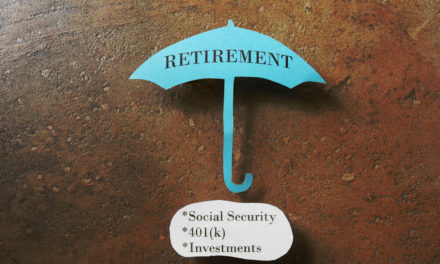Easily one of the biggest worries among people when considering their retirement is running out of money.
Giving yourself a steady paycheck through retirement savings while no longer working is one of the greatest dilemmas retirees face. But there’s a new tool that aims to help people understand exactly where they stand.
The RISE, or Retirement Income Security Evaluation, tells you exactly where you are in terms of having steady income in retirement, much like a credit score on a zero to 850 scale.
Per CNBC:
The tool is provided by the Alliance for Lifetime Income, a nonprofit organization backed by the financial services industry. It was developed by Milliman, a provider of actuarial products and services.
Consumers can access the tool online. After inputting factors such as the Social Security income you expect, any pension income you may have, how much you have saved and your monthly living and medical expenses, you can see how well you will fare financially in retirement.
“Based on what you put in, this is your score and means you’re going to run out of money if you live past a certain age,” said Jean Statler, executive director at the Alliance for Lifetime Income.
The information you put in is anonymous, meaning it will not be shared with other parties. The tool is also intended to be flexible, so you can adjust certain data to see how that affects your outcome.
The alliance advocates that consumers consider annuities to access guaranteed income. However, the tool itself does not steer consumers to specific investment products.
“Sometimes the answer is not an annuity,” Statler said. That goes particularly for individuals who already have a high RISE score through other income sources.
Instead, the organization hopes that consumers will take away one key message from the score: “Go talk to your financial advisor,” Statler said.
The tool is aimed at individuals ages 45 and up with investable assets of $75,000 to $2 million.
The consumer-facing version of the RISE score was launched on Wednesday. A separate, financial advisor-facing version is slated to launch in May. The professional version will take more nuances of an individual’s financial picture into account, such as portfolio allocations and different kinds of annuities.
Both versions are free.




